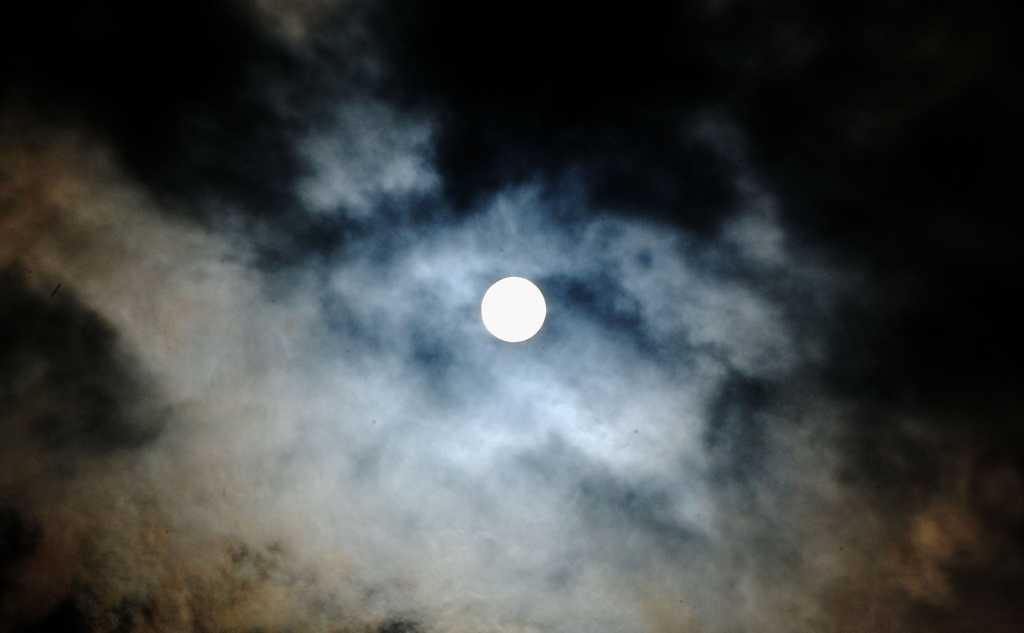Millions of Americans are preparing for the so-called “Great American Eclipse” on Monday — an event that astronomer Rick Fienberg said will “be the most observed total eclipse in history.”
People across the nation are gearing up for viewing parties, concerts and other events centered around the celestial happening. But before we get into all that chaos, let’s explore what you’ll actually see in the skies during the eclipse.
READ: Evangelist Reveals Why He Believes America ‘Got Into the Mess It’s In’ — and Reacts to Trump
According to Space.com, the sun will disappear behind the moon, creating a twilight that will persist during the day. Meanwhile, the temperature will drop pretty rapidly, as light streams emerge in the sky. Sounds pretty cool, right?
From Oregon to South Carolina, the sun will be fully eclipsed in the skies, with states like New York seeing about 70 percent of the sun become eclipsed. The event will begin in Oregon during the late morning and will make its way to South Carolina around 90 minutes later, The Daily Mail reported.
There’s already been a fair bit of mania breaking out, with people quite excited to observe the event. Oregon officials — who put together a website to help residents and travelers cope with the traffic — are warning that the flood of people heading to the state to see the eclipse could create the worst traffic jam in history.
Don Hamilton, public information officer at Oregon Department of Transportation, warned that small towns could be overwhelmed by people after estimates that up to 1 million are planning to flood into Oregon on Monday, KOIN-TV reported.
“What happens in some of these small towns where suddenly you get 10,000 more people? What happens to the food in the grocery stores, the gas at the gas stations?” he said. “All types of congestion are possible in here. We could get people pulling over on the side of the road, which is very dangerous.”
On Sunday, traffic was still moving, but there were already issues with wildlife, with campers on wild land and farm fields pushing animals out onto the roadways and causing increased vehicle collisions, The Las Vegas Review-Journal reported.
“Deer and other wildlife are being pushed into traffic at higher rates,” Paul Woodworth, a manager with Oregon Department of Transportation, told the outlet, noting that there were 11 such collisions on Saturday.
Officials are also warning people driving or attending any events to be prepared to have extra food, water and fuel and to have alternative plans for bathroom usage. Taking precautions if in the path of the eclipse’s totality is important.
As Faithwire previously reported, total solar eclipses aren’t all that rare. The next one isn’t due to be seen in America until 2024, though they can technically be seen somewhere on Earth once every 18 months.
But, with that said, there are some intriguing and defining elements surrounding the Aug. 21 event, including the fact that it is the first time since 1257 that the entirety of the total eclipse is exclusively viewable from inside the U.S.
And that’s not the only thing that makes this particular event unique.
Parade noted that the 1257 eclipse went over the Hawaiian Islands — a fact that some might say differentiates it from what’s to come this month. To find a comparable eclipse, the outlet said one must go all the way back more than 1,500 years to July 29, 436 (yes, the year 436).
And America won’t see another such total solar eclipse that is viewable only in the U.S. until Jan. 25, 2316, when anyone currently reading this story is long gone.
Watch livestreams of the eclipse and read more about it here.



